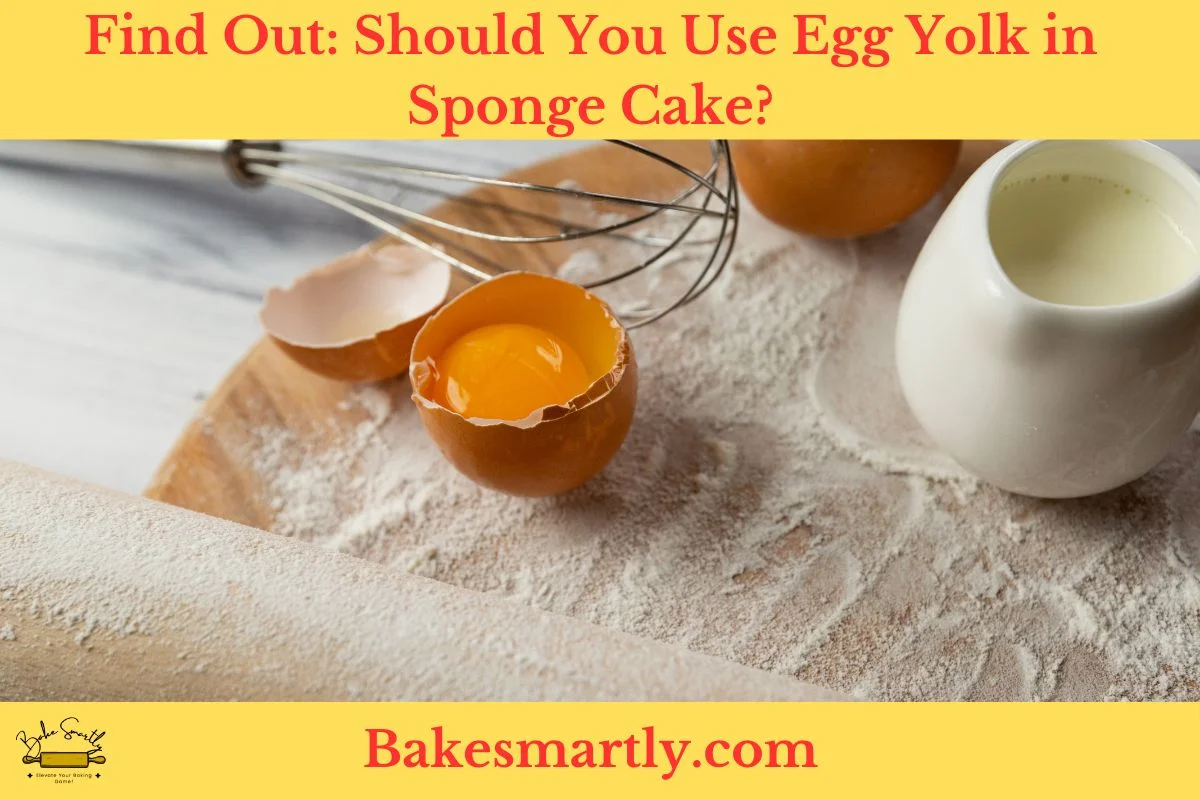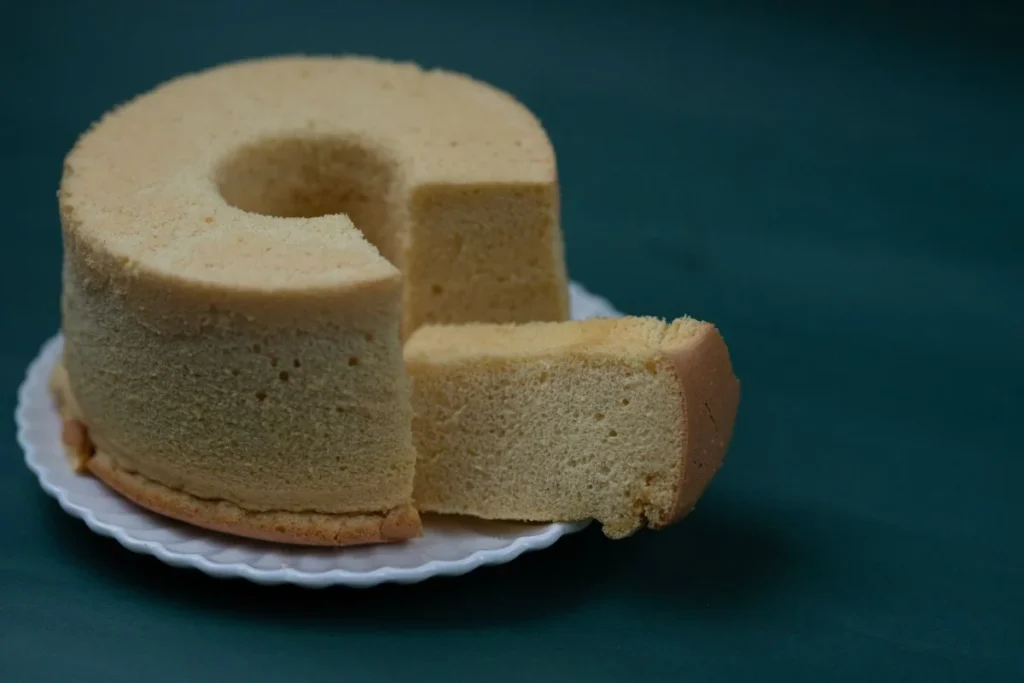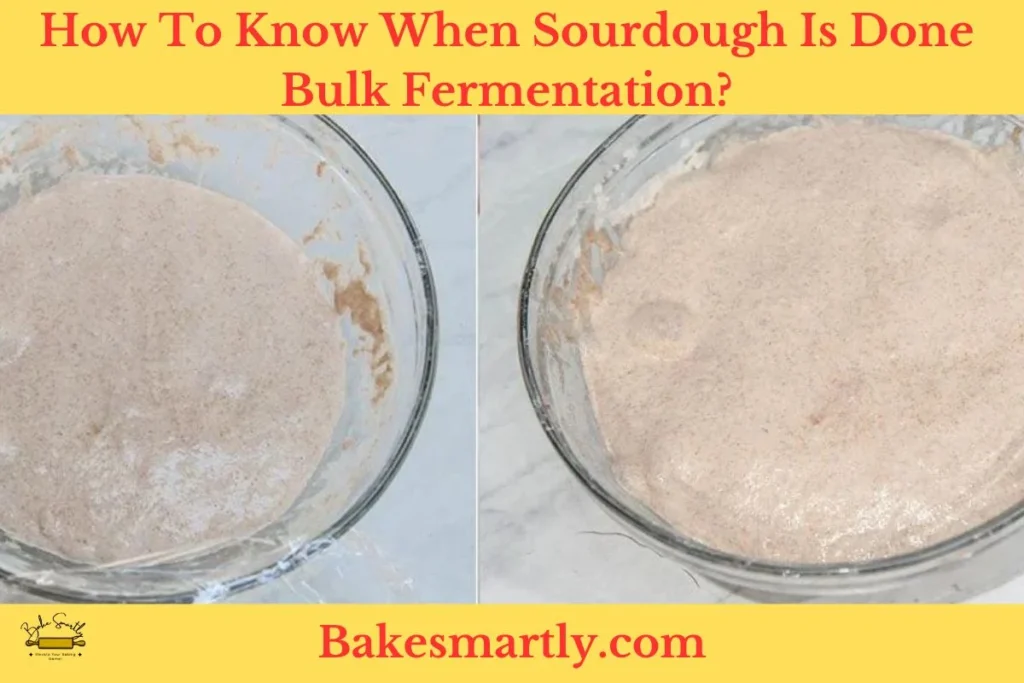
Find Out: Should You Use Egg Yolk in Sponge Cake?
Welcome to the wonderful world of baking, where each ingredient plays a key role in making the perfect cake. One ingredient that often sparks debate is the egg yolk. Should it be included in your sponge cake?
In this comprehensive guide, we will delve into the functions of egg yolk, how to use it, alternative options, and provide tips for incorporating egg yolk into your baking endeavors.
Table of Contents
ToggleWhat is the function of the Egg Yolk in a Sponge Cake?
The egg yolk, often called the golden heart of an egg, plays a crucial role in making a perfect sponge cake. It does more than just add flavor—it affects both the texture and nutritional value of this tasty dessert.
One main thing the egg yolk does in a sponge cake is give it a great texture. The yolk’s emulsifying properties help create a smooth and velvety crumb. The fats in the yolk make the cake moist, preventing it from getting too dry. This combo results in a sponge cake that looks good and is super soft when you bite into it.
Plus, the egg yolk acts like a natural leavening agent. The proteins and fats in the yolk team up to trap air when you mix the batter. As the cake bakes, these air pockets expand, making the sponge cake light and airy. This is key for getting that fluffy texture that makes sponge cakes stand out from denser ones.
Besides its impact on texture, the egg yolk adds a lot to the sponge cake’s taste. With its fat and natural oils, the yolk brings a subtle richness and depth to the overall flavor. This nuanced taste boosts the cake’s sweetness, creating a perfect balance that’s both satisfying and delightful.
And it’s not just about taste—the egg yolk is loaded with essential nutrients. Packed with vitamins, minerals, and antioxidants, it makes the sponge cake a more wholesome treat. From vitamin A to choline, the egg yolk offers a range of health benefits, turning the sponge cake into a delight that’s not only tasty but also nourishing.
Tips for Using Egg Yolks in Sponge Cake Recipes
Making the perfect sponge cake is all about getting the ingredients just right, especially when it comes to those egg yolks. Check out these super useful tips to make sure your sponge cake turns out with the perfect texture and flavor, thanks to those amazing egg yolks:
- Separating Eggs: When you’re getting those yolks away from the whites, make sure there’s no hint of egg white in the yolk. Even a tiny bit can mess with your cake’s texture, keeping it from getting that awesome lightness.
- Room Temperature Eggs: Let your eggs chill out and come to room temperature before you toss them into your batter. Room temp eggs mix in better, giving you a smoother batter that makes your sponge cake rock.
- Take It Slow: Add those egg yolks to the batter one by one. Mix each yolk in completely before adding the next. This slow and steady approach helps your batter stay smooth and lump-free, giving you a velvety cake.
- Watch the Sugar: Egg yolks bring sweetness to the party, so keep an eye on how much sugar you’re tossing in. Adjust it based on your taste and what other sweet stuff you’re throwing in there.
- Texture Boost: Whip those egg yolks until they’re pale and a bit thick. This adds air to the yolks, making your cake super light.
- Flavor Fun: Play around with flavors that go with the richness of egg yolks. Vanilla, citrus zest, or a touch of almond extract can take your cake’s taste to the next level.
- Don’t Overmix: Once those egg yolks are in, don’t go crazy with the mixing. Too much can make your cake dense, so stop as soon as everything’s combined to keep that light and airy vibe.
- Quality is Key: Grab some high-quality, fresh eggs for the best results. The freshness of the eggs makes a big difference in how your sponge cake tastes and feels.

Alternative Options for Egg Yolks in Sponge Cake Recipes
In the world of baking, looking for egg yolk alternatives in sponge cake recipes opens up a bunch of cool possibilities. Whether you’re sticking to a specific diet or just want to try something new, some great options let you make tasty cakes without messing up the texture or flavor.
One interesting substitute is applesauce, known for keeping things moist. It acts like glue, making the sponge cake soft and smooth, though you might pick up a hint of fruity taste.
Another choice is yogurt, which adds moisture and a bit of tang, making the overall flavor more interesting. Believe it or not, avocado works too! Its creamy texture adds richness without being too strong.
If you’re into vegan options, mashed bananas are a solid pick. They bring sweetness and help hold everything together, blending perfectly into sponge cake recipes. Another cool one is silken tofu – when blended, it can mimic the creaminess of egg yolks, making the cake nice and smooth.
Popular Sponge Cake Recipes Using Egg Yolks
Let’s dive into the delicious world of sponge cakes made with egg yolks! These recipes, loved by bakers worldwide, bring out the richness and versatility that egg yolks bring to the table.
- Classic Vanilla Sponge Cake: Enjoy the timeless charm of a classic vanilla sponge cake. The subtle sweetness of egg yolks perfectly complements the pure essence of vanilla, creating a delicately flavored delight.
- Lemon Zest Infusion: Take your sponge cake to the next level with the fresh zing of lemon. The addition of egg yolks gives it a velvety richness, balancing the citrusy brightness for a perfectly harmonious burst of flavor.
- Chocolate Indulgence: Delve into the chocolatey goodness with a decadent sponge cake that owes its lusciousness to the inclusion of egg yolks. The result is a moist, chocolatey masterpiece that will satisfy even the most discerning sweet tooth.
- Coffee and Walnut Fusion: Infuse sophistication into your sponge cake by combining the robust flavors of coffee with the nutty crunch of walnuts. Egg yolks add a creamy texture, harmonizing the blend of bold tastes.
- Raspberry Swirl Delight: Add a fruity twist with a raspberry swirl sponge cake. The egg yolks contribute to the cake’s velvety consistency, creating a canvas for the vibrant dance of sweet and tart flavors.
Steps to Incorporate Egg Yolks into Sponge Cake Batter
Making a sponge cake that’s perfectly moist and fluffy takes careful attention to detail, especially when you’re adding egg yolks to the batter.
Here’s a simple guide to make sure your sponge cake comes out incredibly delicious.
- Separation: Start by gently separating the egg yolks from the whites. Crack the eggs and let the whites fall into a bowl, keeping the yolks aside.
- Room Temperature Yolks: Let the separated egg yolks come to room temperature. This step is important to help them mix better with the other ingredients and create a smoother batter.
- Add Gradually: Add the egg yolks to the batter slowly, one at a time. This helps mix them in well and prevents clumps.
- Gentle Whisking: Use a gentle whisking technique to blend the yolks without overdoing it. Overmixing can make the cake denser, so aim for a smooth and consistent batter.
- Alternate Mixing: Mix the egg yolks with the dry ingredients in turns to keep the batter even. This ensures a uniform texture.
- Fold Carefully: If your recipe requires folding, do it carefully. Use a spatula to gently fold the egg yolks into the batter, preserving the air incorporated during mixing.
- Timing is Key: Pay attention to the timing. Add the egg yolks at the right stage of mixing to get the best texture and flavor.
- Final Check: Before pouring the batter into the cake tin, check for any lumps or unevenness. Smooth out the batter for an attractive final result.
By following these steps, you not only ensure the egg yolks mix in well but also set the stage for a sponge cake that delights with its lightness and richness.

Troubleshooting Common Issues When Using Egg Yolks in Sponge Cake Recipes
Baking a perfect sponge cake can be both satisfying and tricky, especially when dealing with egg yolks. These golden gems add richness and texture to the cake, but various issues can crop up during the baking process.
Let’s go over some common problems and effective troubleshooting solutions for a smooth baking experience.
Dense Texture
One common problem is the cake turning out too dense or heavy. This might happen if there’s an imbalance in the ratio of egg yolks to other ingredients.
To fix this, make sure your measurements are accurate and consider adjusting the number of egg yolks for the desired texture. Experimenting with different quantities can help you find the right balance between richness and lightness.
Not Rising Enough
Another challenge is the cake not rising enough. If your sponge cake lacks fluffiness, the issue might be in the leavening process.
Egg yolks contribute to leavening, so check that your baking powder or baking soda is fresh and measured correctly. Also, beat the egg yolks thoroughly during mixing to incorporate air and achieve a lighter texture.
Too Dry
Conversely, if your cake is too dry, it might be due to overmixing the batter or using too few egg yolks. Be mindful of the mixing time and ensure all ingredients are well combined without overworking the batter. Trying out more egg yolks can add moisture and richness to counteract dryness.
Sunken or Collapsed Cake
The dreaded problem of a sunken or collapsed cake can be discouraging. This may occur if the egg yolks aren’t beaten to the right consistency or if the oven temperature is too high. Beat the yolks until they’re pale and fluffy, and double-check your oven temperature with an accurate thermometer to avoid collapse.
Unpleasant Odor
Sometimes, an undesirable taste or odor can come from the cake, suggesting an issue with the freshness of the eggs. Always use fresh eggs and store them properly. If an off-putting flavor persists, consider the quality of the eggs or try using eggs from a different source.
Should You Use Egg Yolk in Sponge Cake | Final Thoughts
n conclusion, the egg yolk is like the golden heart of a sponge cake, bringing both texture and flavor to the table while adding a nutritional boost. It does a lot, from giving the cake a smooth texture to helping it rise naturally.
The tips we’ve shared make sure you get the egg yolks just right, and there are other options and popular recipes that show how flexible they can be. But it’s important to troubleshoot any common issues to make sure your cake turns out perfectly.
With some thought and a bit of experimenting, you can become a pro at using egg yolks in sponge cake recipes, resulting in delicious, moist, and flavorful bites that will make your taste buds happy. Enjoy your baking!
Lindsey Mackenzie
About me
Hi there! I’m Lindsey Mackenzie, the founder of Bake Smartly. Baking has been my passion since childhood, growing up in my father’s bakery. With Bake Smartly, I’m excited to share my love for all things sweet and savory. Join me on this delicious journey as we whip up scrumptious treats and sprinkle joy into every bite!






